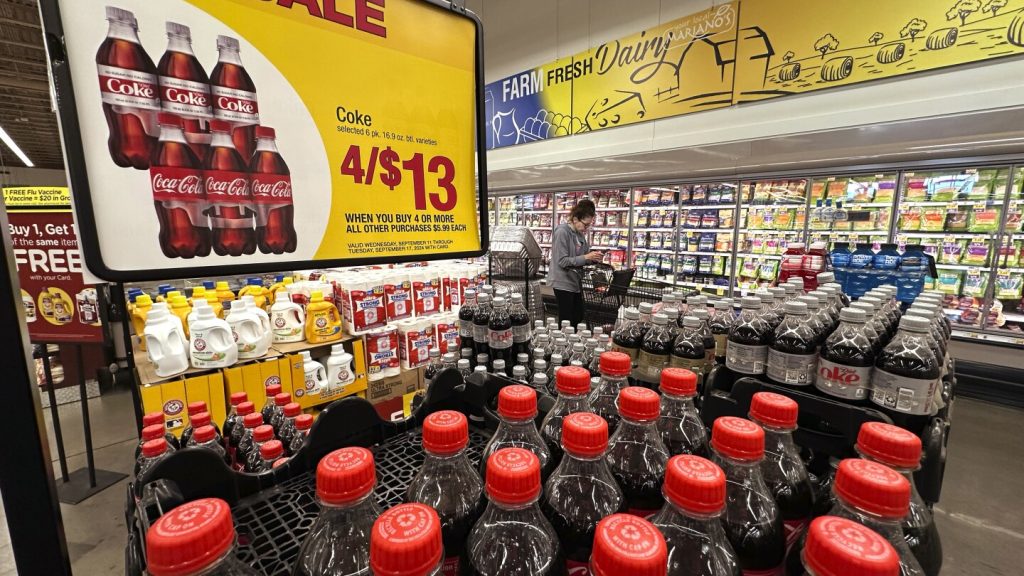The Federal Reserve recently made a larger-than-usual half-point cut to its key interest rate, indicating its confidence in controlling inflation after a long period. However, consumer surveys show that most Americans are still dissatisfied with the economy, particularly due to the high inflation rate experienced two years ago during the pandemic recovery. Despite this, some economists believe that the shift towards lower borrowing rates could eventually improve consumer sentiment, as inflation has been decreasing for more than two years and is nearly back to the Fed’s 2% target. Prices of certain consumer goods, such as used cars and groceries, have actually been falling, and with average incomes rising faster than prices, more households can afford necessities.
The issue of inflation has become a hot topic in the political campaign, with former President Donald Trump blaming the Biden-Harris administration for causing inflation to spike. However, a recent AP poll found that voters are now split on who they believe would handle the economy better – Trump or Vice President Kamala Harris. This indicates a slight improvement in Americans’ economic views, especially through a political lens. Federal Reserve Chair Jerome Powell defined the Fed’s mandate as seeking “price stability,” with the aim of ensuring that people are not drastically impacted by inflation in their daily lives. Although consumers may still be experiencing high prices, Powell believes that progress has been made in stabilizing inflation rates.
The negative perception of the economy may have been exacerbated by political attacks focusing on inflation, which has affected consumer sentiment. Research shows that the impact of an inflation spike on consumer sentiment typically fades over time, but the current political climate has heightened concerns. Social media has also played a role in influencing public opinion, with images and videos of excessively high prices contributing to a dimmer view of the economy. However, with slower inflation rates, the adjustment process for consumers may be more manageable. The cost of goods like groceries, gas, and rental leases has either decreased or risen at a slower pace, providing some relief to consumers.
Some individuals have already noticed a decrease in inflation and are feeling more optimistic about the economy. There is evidence to suggest that consumer sentiment is improving, with preliminary data indicating a brighter outlook driven by more favorable prices for certain goods. Surveys show that while inflation remains a concern for many Americans, expectations for future inflation are low. The University of Michigan survey found that expectations for inflation a year from now have decreased to 2.7%, the lowest since December 2020. Some Fed officials, like Christopher Waller, have even suggested that inflation could fall below the central bank’s 2% target in the coming months, leading to potential further rate cuts to stimulate economic growth. Overall, there are signs that Americans are beginning to adapt to the new price levels and are hopeful for a more stable economic future.


